- Choosing the Right Beetroot
- Preparing beetroot for storage:
- Storing Whole Beetroot
- Storing Beetroot in the Refrigerator:
- Freezing beetroot for long-term storage:
- 1. Selecting and preparing beetroot:
- 2. Blanching:
- 3. Packaging for freezing:
- 4. Storage and thawing:
- Storing cooked beetroot:
- 1. Allow the beetroot to cool:
- 2. Store in airtight containers:
- 3. Keep it in the refrigerator:
- 4. Label and date the containers:
- 5. Consume within 3-5 days:
- 6. Optional: Freeze for longer storage:
- Properly storing beetroot greens:
- Using vacuum sealing for beetroot storage:
- “Question-Answer”
- What is the best way to store beetroot?
- How long can you store beetroot?
- What should I do with the beetroot leaves?
- Can I freeze beetroot?
- How long does cooked beetroot last in the freezer?
- What are some signs that beetroot has gone bad?
- “Video” The Best Way to Store Root Vegetables
Beetroot is a versatile and nutritious vegetable that can be enjoyed in a variety of dishes. Whether you grow your own beets or buy them from a local market, it’s important to know how to properly store them to maintain their freshness and flavor.
One of the best ways to store beetroot is to remove the greens from the root. The greens, also known as beet tops, can draw moisture and nutrients from the root, causing it to become soft and lose its flavor. To remove the greens, simply cut the stems a few inches above the beetroot.
After removing the greens, it’s important to clean the beetroot thoroughly to remove any dirt or debris. Use a brush or a damp cloth to gently scrub the surface of the beetroot. Avoid using soap or detergent, as this can affect the flavor of the vegetable.
Once the beetroot is clean, you can choose from several storage methods. One option is to store them in a perforated plastic bag in the refrigerator. The perforations allow for airflow, which helps prevent moisture build-up that can cause the root to rot. Another option is to store the beetroot in a cool, dark place such as a cellar or pantry. Make sure to store them away from other fruits and vegetables, as they can release ethylene gas, which can speed up the ripening process of the beetroot.
By following these tips and tricks, you can ensure that your beetroot stays fresh and delicious for as long as possible. Whether you’re using them in salads, soups, or even desserts, properly storing beetroot will help you make the most of this nutritious and colorful vegetable.
Choosing the Right Beetroot
When it comes to storing beetroot, it is essential to choose the right ones. Here are some tips to help you select the best beetroot:
- Firmness: Look for beetroots that are firm and free from any soft spots or wrinkles. A firm beetroot indicates that it is fresh and retains its nutritional value.
- Size: Opt for medium-sized beetroots as they are often sweeter and have a better texture. Avoid extremely large beetroots as they might be tough and woody.
- Color: Check the color of the beetroot. A vibrant, deep red or purplish color is a sign of freshness. Avoid beetroots with pale or yellowish patches, as they might have started to spoil.
- Leaves: If you are buying beetroots with the leaves still attached, ensure that the leaves are fresh, green, and not wilted. The leaves can give you an indication of the freshness of the beetroot.
By choosing the right beetroot, you can ensure that you have high-quality produce to store and enjoy for a longer period. Remember these tips when selecting beetroot to maximize their freshness.
Preparing beetroot for storage:
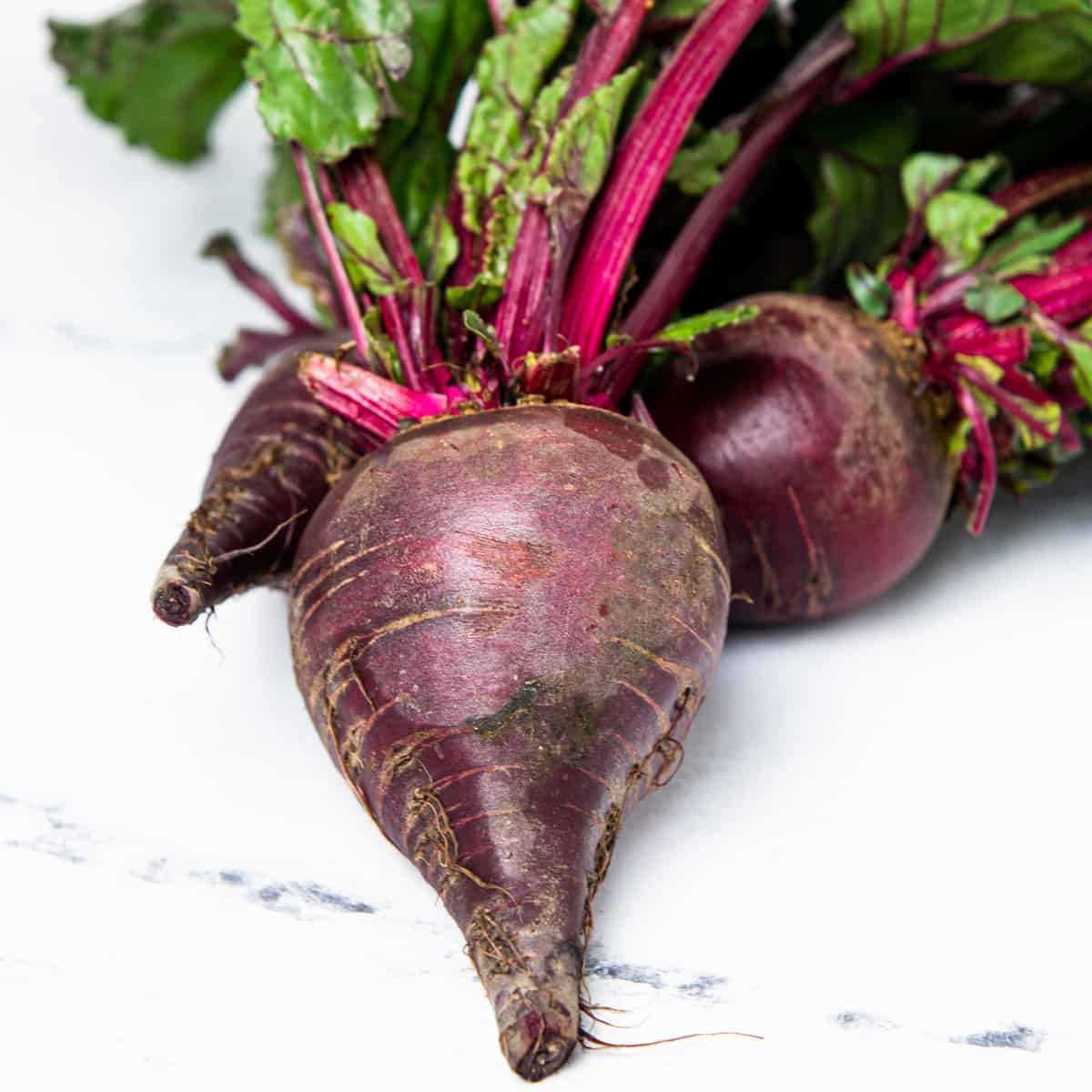
- Wash: Start by washing the beetroot thoroughly under cold running water to remove any dirt or debris.
- Trim: Trim off the tops and tails of the beetroot, leaving about an inch of stem intact. This will help retain moisture and nutrients.
- Leave the skin intact: It is best to store beetroot with the skin intact to prevent moisture loss and extend its shelf life. The skin also contains a lot of nutrients.
- Sort: Before storing, sort the beetroot according to size. This will help you to use the larger ones first and prevent any spoilage.
Storing Whole Beetroot

Whole beetroot can be stored for an extended period of time by following these tips:
- 1. Before storing, remove any leaves or greens attached to the beetroot. Leaving them on can cause moisture loss and spoilage.
- 2. Gently brush off any dirt or soil on the beetroot, but avoid washing them as moisture can promote rot.
- 3. Choose a cool and dark location for storage, such as a refrigerator or cellar. Beetroot can also be kept in a cool, well-ventilated pantry.
- 4. To prevent dehydration, wrap the beetroot loosely in a paper towel or place them in a perforated plastic bag. This helps retain moisture while allowing for airflow.
- 5. Avoid placing beetroot near fruits or vegetables that release ethylene gas, as this can accelerate ripening and spoilage. Keep them separate.
- 6. Regularly check the stored beetroot for any signs of decay or spoilage. Remove any rotten beetroot immediately to prevent the spread of mold or bacteria.
By properly storing whole beetroot, you can enjoy their freshness for several weeks or even months.
Storing Beetroot in the Refrigerator:
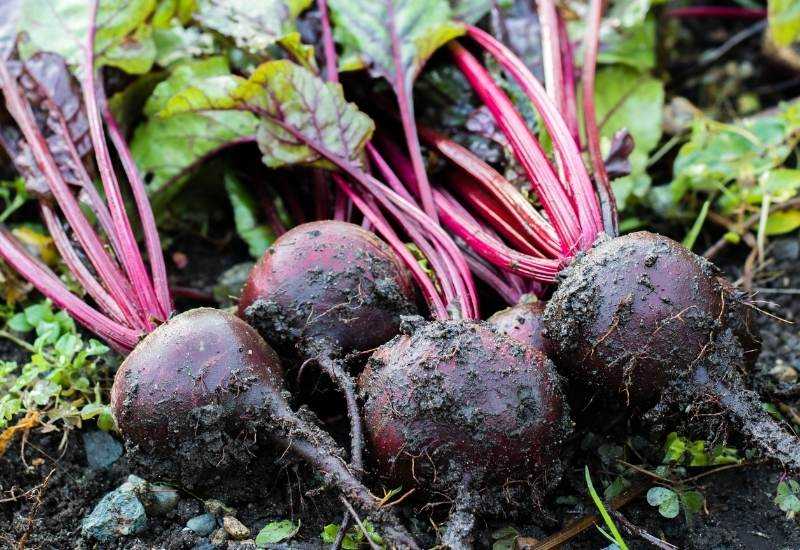
Keeping your beetroot fresh is essential to maintain its flavor and nutrients. Storing beetroot in the refrigerator can help prolong its shelf life and keep it crisp and juicy. Here are some tips for storing beetroot in the refrigerator:
- Leaving the greens: To store beetroot in the refrigerator, it is best to remove the greens. Cut off the beet greens, leaving about an inch of stem attached to the beetroot. Leaving the greens attached can cause the beetroot to wilt and lose moisture quickly.
- Cleaning and drying: Gently clean the beetroot with water to remove any dirt or debris. Pat them dry with a paper towel to prevent moisture buildup, as excess moisture can lead to rotting.
- Wrap in a plastic bag: Place the beetroot in a plastic bag and seal it tightly. This will help retain moisture and prevent the beetroot from drying out. Avoid wrapping them in a wet towel or storing them in a container with water, as this can cause them to become soggy.
- Refrigerator storage: Store the wrapped beetroot in the vegetable crisper drawer of your refrigerator. The crisper drawer provides a cool and humid environment that is ideal for storing root vegetables like beetroot. Make sure the temperature is set between 32-40°F (0-4°C) to maintain freshness.
- Avoid overcrowding: Avoid overcrowding the beetroot in the crisper drawer. Leave some space around each beetroot to allow for proper air circulation. Overcrowding can lead to moisture buildup and increase the risk of spoilage.
- Check regularly: Periodically check the beetroot for any signs of spoilage. Remove any beetroots that show mold or rot to prevent them from contaminating the others.
By following these tips, you can store your beetroot in the refrigerator and enjoy their freshness and flavor for a longer duration.
Freezing beetroot for long-term storage:
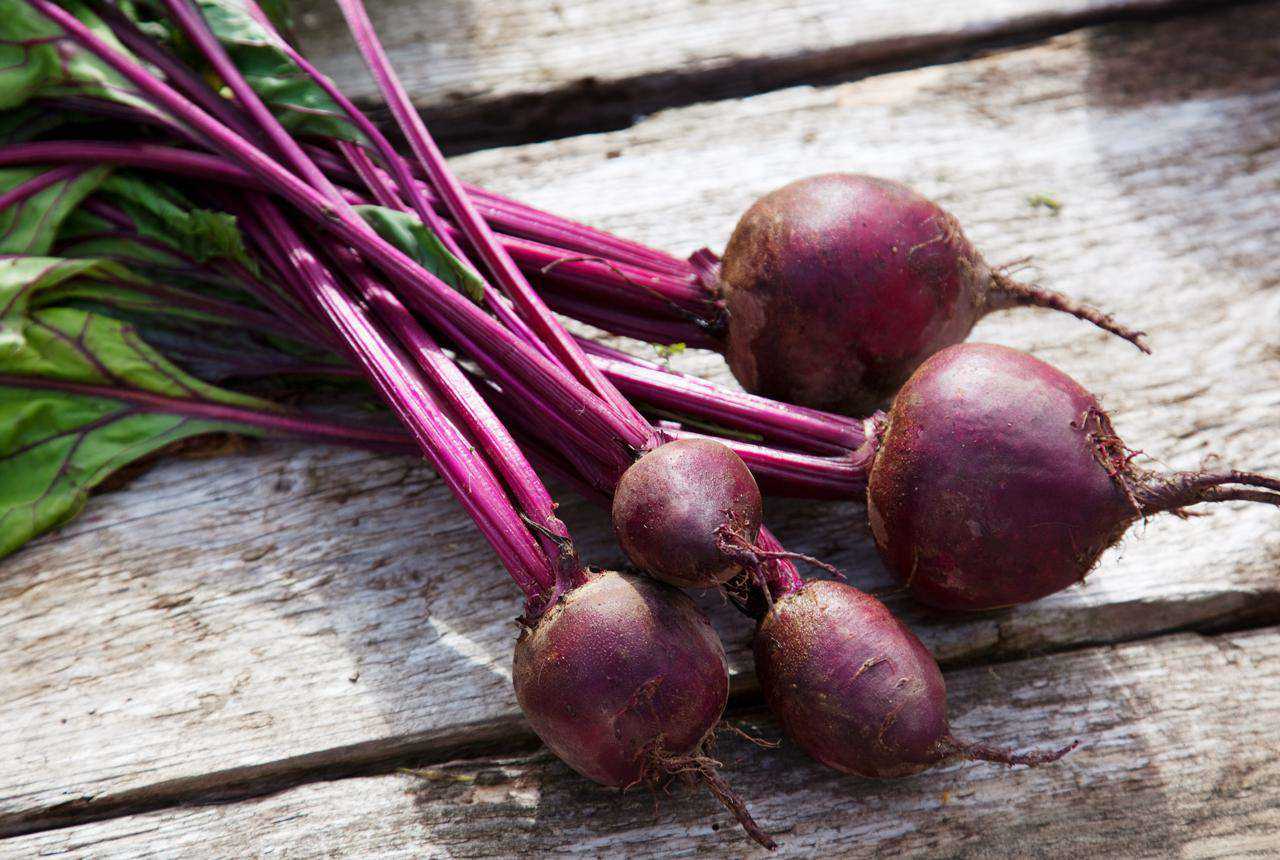
Freezing beetroot is a great way to preserve its freshness for an extended period. Here are some tips to help you freeze beetroot effectively:
1. Selecting and preparing beetroot:
- Choose fresh, firm, and unblemished beetroots for freezing.
- Wash the beetroot thoroughly to remove any dirt or debris.
- Trim off the stems and leaves, leaving about 1 inch of the stems intact.
- Peel the skin off the beetroot using a vegetable peeler.
- Cut the beetroot into uniform sizes for easier freezing and cooking.
2. Blanching:
Blanching is an important step that helps retain the color, texture, and nutrients of the beetroot. Follow these steps to blanch beetroot:
- Bring a large pot of water to a boil.
- Add the beetroot to the boiling water and blanch for about 3-5 minutes.
- Remove the beetroot from the boiling water and transfer them to a bowl of ice water to cool down quickly.
- Once cooled, drain the beetroot and pat them dry with a paper towel.
3. Packaging for freezing:
Proper packaging is essential to prevent freezer burn and maintain the quality of the frozen beetroot. Here’s how to package beetroot for freezing:
- Place the blanched and dried beetroot in a single layer on a baking sheet or tray lined with parchment paper.
- Place the tray in the freezer and freeze the beetroot until they are firm, usually for a few hours or overnight.
- Once the beetroot are firm, transfer them to a freezer-safe bag or airtight container.
- Make sure to remove any excess air from the bag or container before sealing it tightly.
- Label the bag or container with the date of freezing to keep track of its freshness.
4. Storage and thawing:
Frozen beetroot can be stored in the freezer for up to 12 months. To use the frozen beetroot, follow these steps:
- When ready to use, remove the desired amount of beetroot from the freezer.
- Thaw the beetroot by transferring them to the refrigerator and letting them thaw overnight.
- Alternatively, you can thaw the beetroot by placing them in a bowl of cold water for a few hours.
- Once thawed, the beetroot can be used in various recipes like soups, salads, or roasted dishes.
By following these steps, you can freeze beetroot and enjoy its freshness for an extended period.
Storing cooked beetroot:

If you have cooked beetroot and want to store it for later use, follow these tips:
1. Allow the beetroot to cool:
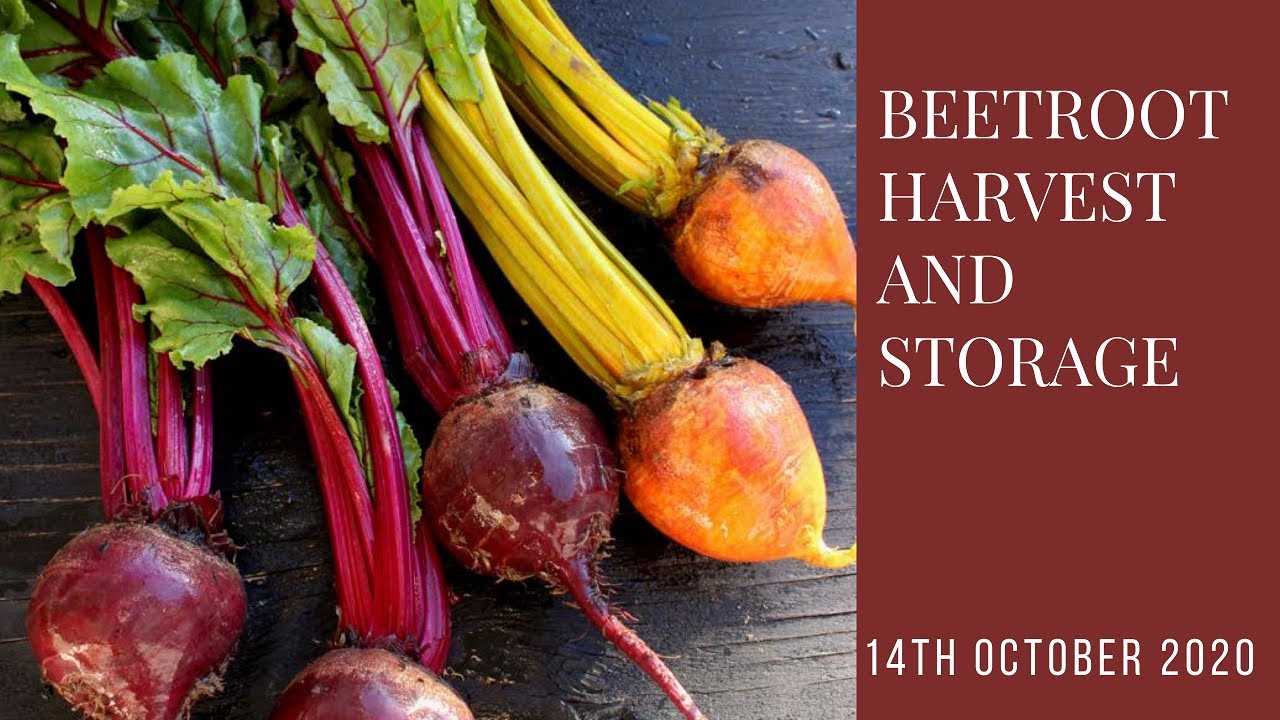
Before storing cooked beetroot, ensure that it has cooled down completely. Hot beetroot can create condensation, which can lead to spoilage.
2. Store in airtight containers:
Transfer the cooked beetroot into airtight containers to prevent moisture and air from getting in. This will help to maintain its freshness for a longer period.
3. Keep it in the refrigerator:
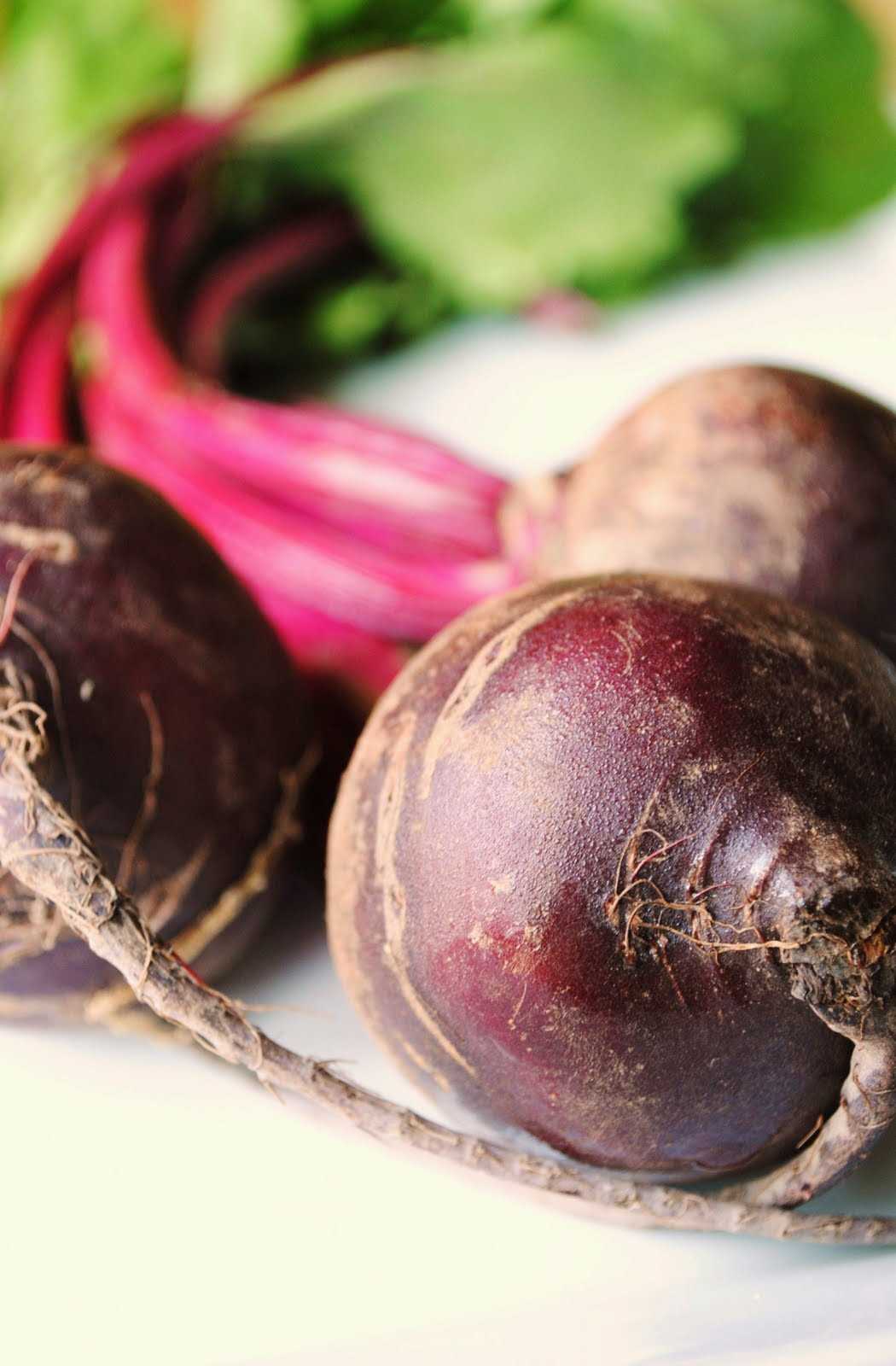
Refrigerate the airtight containers of cooked beetroot at temperatures below 40°F (4°C). Cold temperatures slow down the growth of bacteria and help to preserve the beetroot’s freshness.
4. Label and date the containers:
To keep track of how long the cooked beetroot has been stored, label the containers with the date of storage. This will help you consume it within the recommended time frame.
5. Consume within 3-5 days:

Cooked beetroot can be stored in the refrigerator for up to 3-5 days. After this time, it may start to lose its flavor and texture. It’s best to consume it before it goes bad.
6. Optional: Freeze for longer storage:
If you want to store cooked beetroot for an extended period, consider freezing it. Wrap the cooked beetroot tightly in freezer-safe packaging, and it can be stored for up to 6-8 months.
Remember to thaw the frozen beetroot in the refrigerator before using it. Freezing can slightly alter the texture, but the flavor and nutrients will still be intact.
Properly storing beetroot greens:

When it comes to storing beetroot greens, it’s important to keep them fresh and crisp for use in salads, sautés, and other dishes. Here are some tips to properly store beetroot greens:
- Remove the greens from the beetroot: Beetroot greens are the leafy tops that are often attached to the beetroot. To store them properly, start by removing the greens from the beetroot. You can do this by gently twisting them off or cutting them away.
- Wash and dry the greens: After removing the greens, it’s important to wash them thoroughly to remove any dirt or debris. Fill a sink or large bowl with cold water and gently swish the greens around to remove any dirt. Rinse them under cold running water and pat them dry with a clean kitchen towel or paper towels.
- Wrap in a damp paper towel: To keep the greens fresh and hydrated, wrap them in a damp paper towel. This will help prevent wilting and keep the greens crisp. Place the wrapped greens in a plastic bag or an airtight container.
- Store in the refrigerator: The wrapped beetroot greens can be stored in the refrigerator. The crisper drawer is the best place to store them, as it provides a slightly higher humidity environment that helps maintain freshness. It’s important to use the greens within a week for the best flavor and texture.
By following these tips, you can ensure that your beetroot greens stay fresh and ready to use in your favorite recipes.
Using vacuum sealing for beetroot storage:
Vacuum sealing is a method that can help extend the freshness of beetroot and other vegetables. This technique involves removing all the air from the storage bags or containers to create a vacuum seal, which helps to preserve the freshness and flavor of the beetroot for a longer period of time. Here are some tips for using vacuum sealing for beetroot storage:
- Preparation: Before vacuum sealing beetroot, it is important to wash and dry them thoroughly. Remove any dirt or debris to ensure the vegetables are clean.
- Cut and peel: If desired, you can cut the beetroot into smaller pieces or peel them before vacuum sealing. This can make the beetroot more convenient to use later on.
- Use vacuum sealer bags or containers: Place the cleaned and prepared beetroot into vacuum sealer bags or containers. Make sure to leave some space at the top to allow for sealing.
- Vacuum seal: Use a vacuum sealer machine to remove the air from the bags or containers. The machine will suck out the air and create a tight seal around the beetroot.
- Label and date: After vacuum sealing, it is important to label the bags or containers with the date of sealing. This will help you keep track of the freshness of the beetroot.
- Store in a cool, dark place: Store the vacuum-sealed beetroot in a cool and dark place, such as a pantry or cellar. This will help to maintain the quality and flavor of the beetroot for a longer period of time.
- Monitor the freshness: Check the vacuum-sealed beetroot regularly to ensure they are still fresh. If you notice any signs of spoiling or mold, discard them immediately.
Using vacuum sealing can be a great way to store beetroot and preserve their freshness for a longer period of time. Follow these tips to maximize the benefits of vacuum sealing and enjoy fresh beetroot whenever you need them.
“Question-Answer”
What is the best way to store beetroot?
The best way to store beetroot is to remove the leaves and store the beetroot itself in a cool, dry and dark place. You can store beetroot in the refrigerator, but make sure to place them in a bag or container to prevent moisture loss.
How long can you store beetroot?
You can store beetroot for up to two weeks if it is kept in ideal conditions. However, it is best to consume it as soon as possible to enjoy its freshness and taste.
What should I do with the beetroot leaves?
You can use the beetroot leaves in cooking, just like any other leafy green. They can be sautéed, added to salads, or used in soups. Make sure to wash them thoroughly before use.
Can I freeze beetroot?
Yes, you can freeze beetroot. However, it is recommended to cook the beetroot before freezing. Once cooked, let it cool down and then store it in freezer-safe containers or bags.
How long does cooked beetroot last in the freezer?
Cooked beetroot can last in the freezer for up to 8-12 months. Make sure to label the containers or bags with the date of freezing for easy reference.
What are some signs that beetroot has gone bad?
If beetroot has gone bad, you will notice signs such as mold, a bad smell, or a soft and slimy texture. It is best to discard beetroot that has gone bad as it may cause foodborne illnesses.







